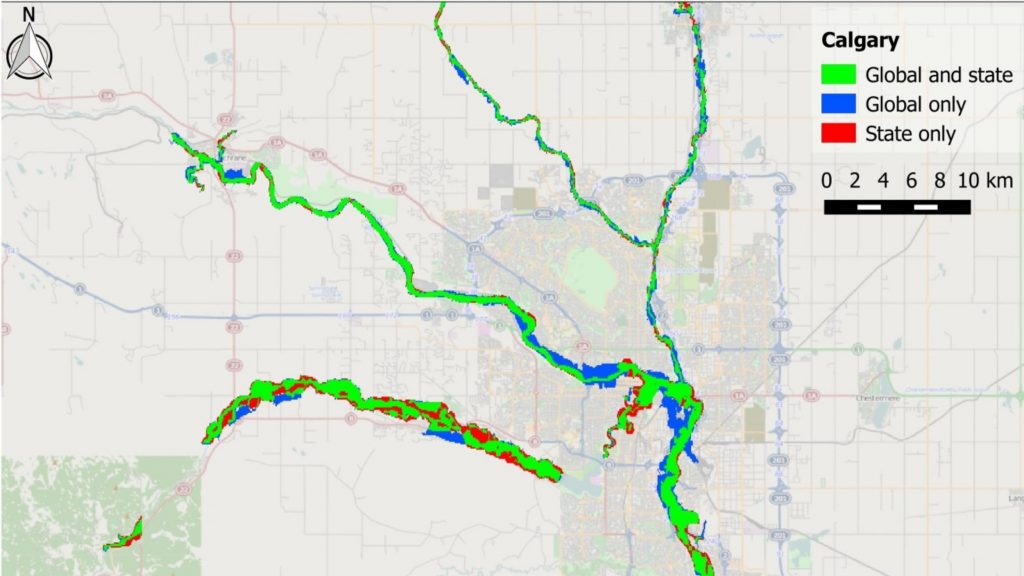A paper that presented the most comprehensive validation to-date of a simulated city-scale urban flood event using observed water level measurements.
Flood inundation modelling on urbanised floodplains has become more feasible due to the increased availability of high resolution digital terrain data and computer power. However, studies that validate simulations with spatially distributed measurements are rare, especially for large events.
This paper reports one of the most comprehensive validation data sets available to date on an urban flood, collected in January 2005 after a major event in the city of Carlisle, UK. For the first time this case study collated distributed urban maximum water level and extent measurements with gauged hydrographs, LiDAR elevation data and digital Mastermap® data.
These data were used to build and calibrate two 2D diffusion wave models at the whole city scale, based on digital elevation data with and without buildings. RMSE between measured and simulated maximum water level was 0.32 m and 0.28 m for the models with and without buildings, respectively, the latter being more accurate due to blockages on the floodplain when building heights were included in the topography. The magnitude of simulation errors compared well with other studies in the literature, and considering potential errors in the measurement data indicates that the diffusion wave approach was adequate to capture the first-order physics relevant here, although a global channel roughness parameter was unable to capture the full spatially-varying dynamics of the flood event.




